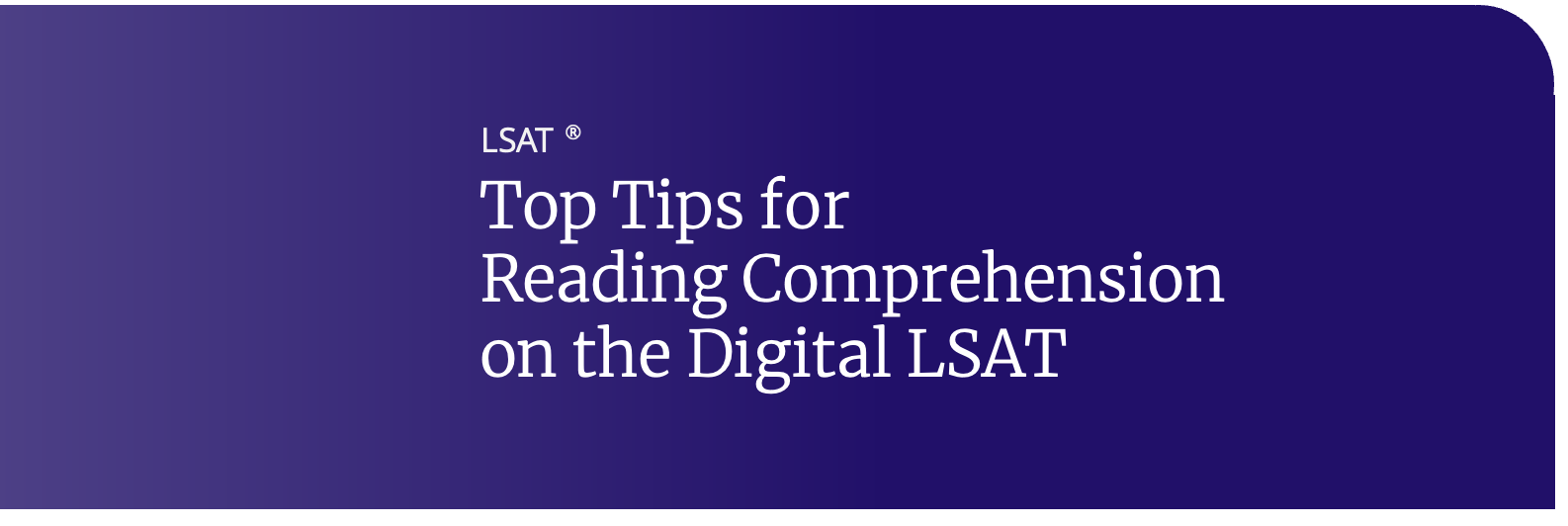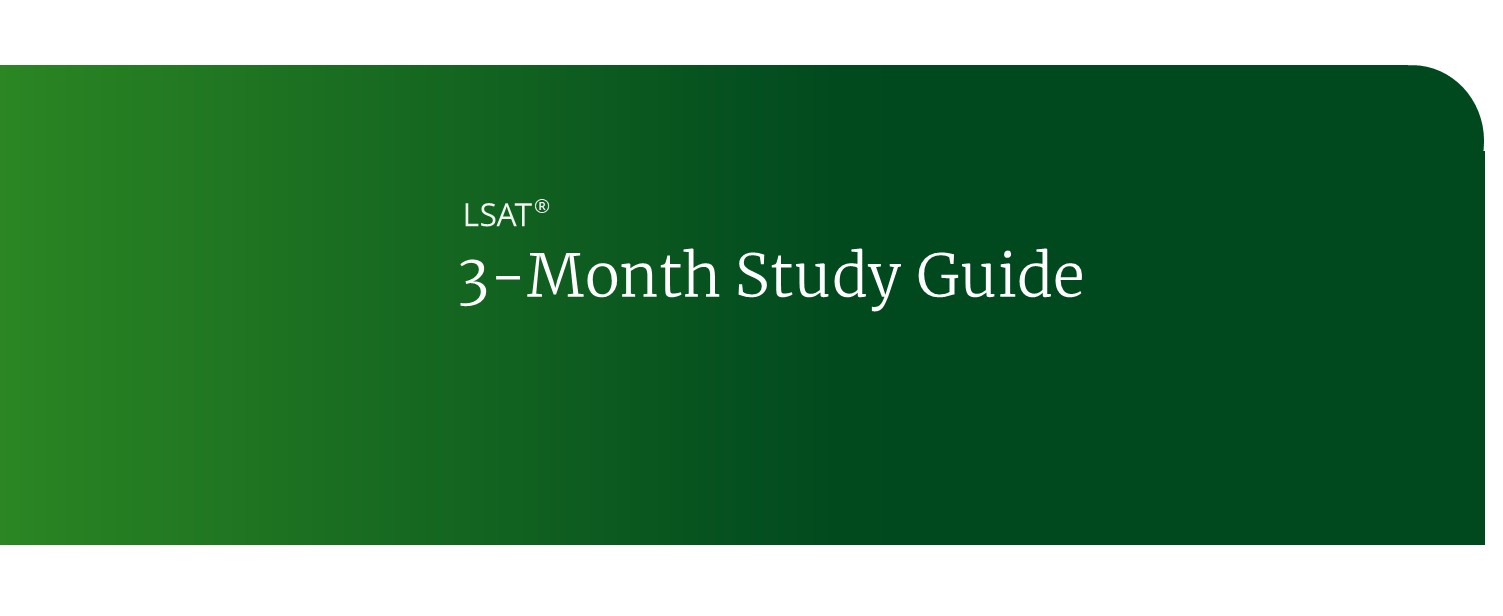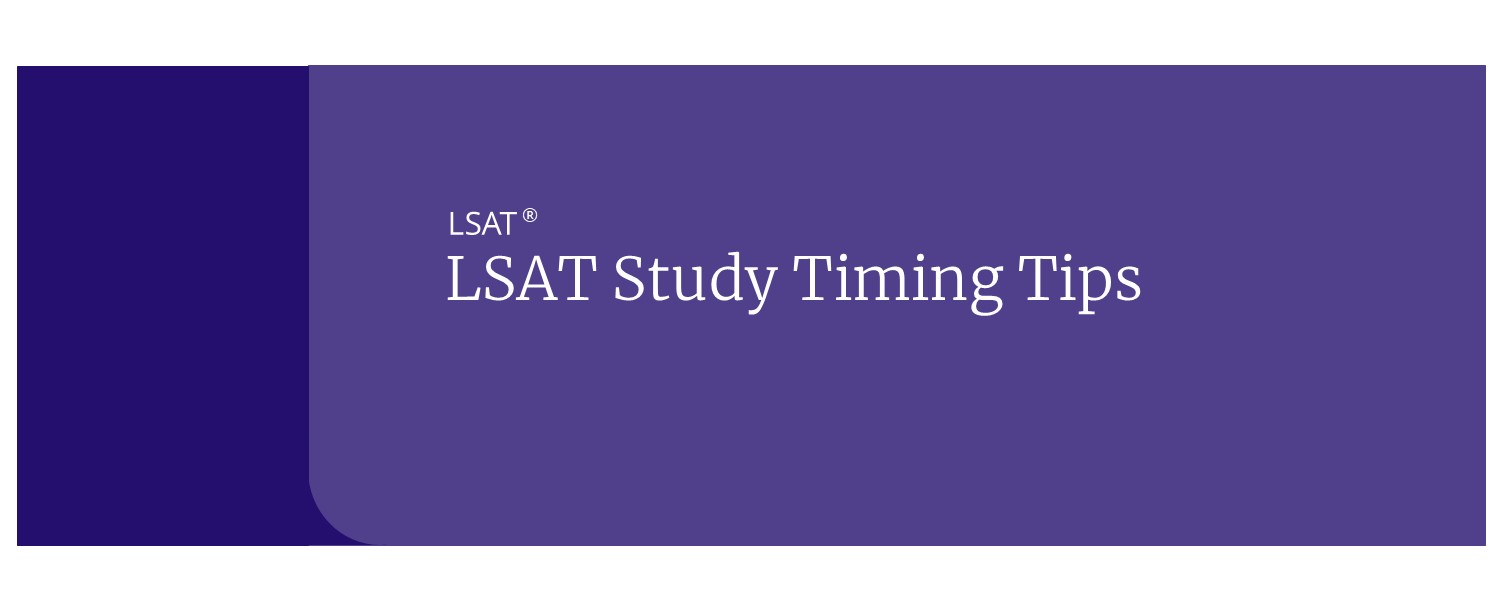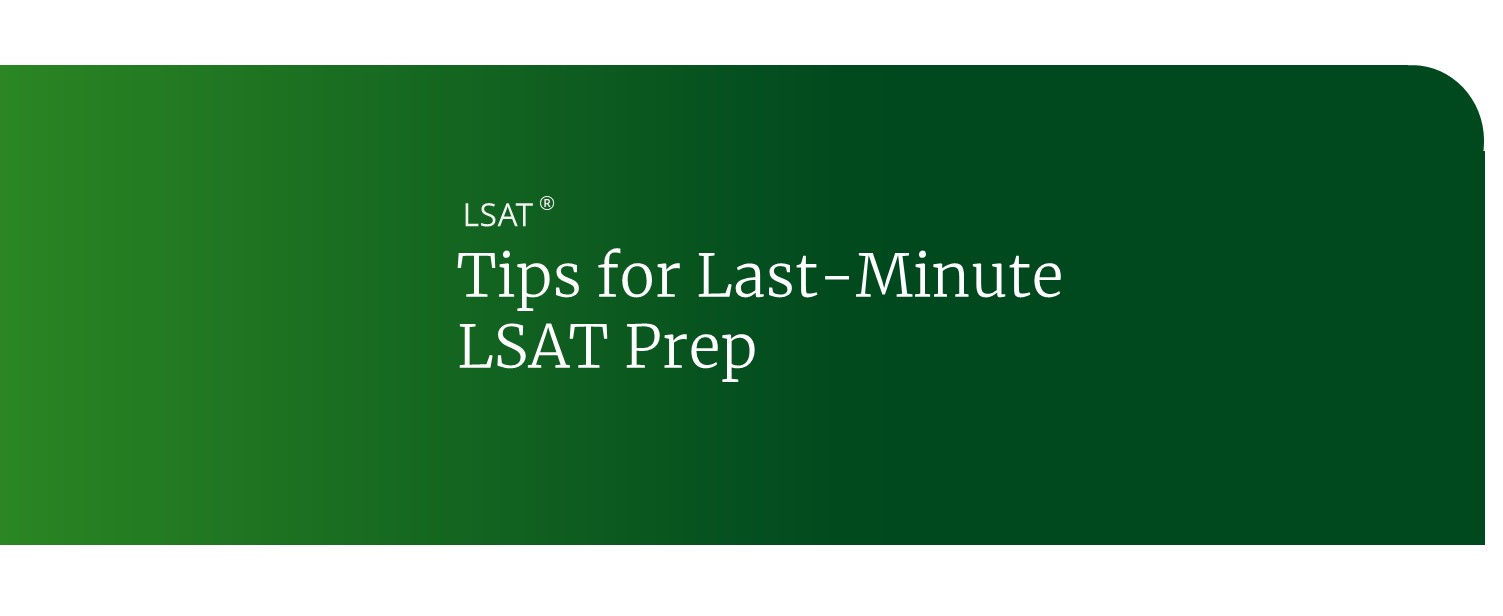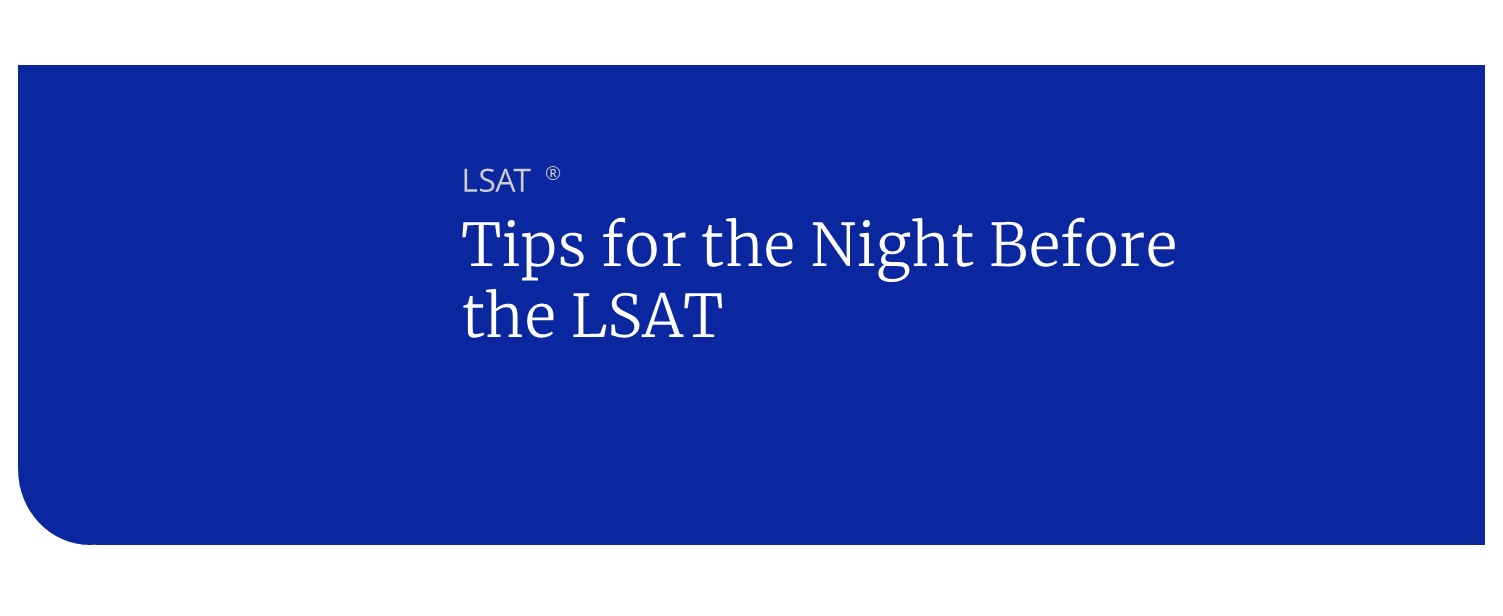Top 6 Tips for Reading Comprehension on the Digital LSAT
The LSAT’s Reading Comprehension section has dense passages drawn from the humanities, the social sciences, the biological and physical sciences, and areas related to the law. You won’t need prior knowledge of any topics you’ll encounter but these tips help you be successful on the Reading Comprehension section of the LSAT.
[ RELATED: Guide to LSAT Reading Comprehension ]
LSAT Reading Comprehension Tip #1
Don’t Go Overboard with Annotations
Annotation in Reading Comprehension is both a blessing and a curse and learning how to annotate effectively can take some trial and error. Over-reliance on underlining or highlighting in Reading Comprehension is something that our instructors see a lot. And we get it—you had to read a lot of information in college, and when you went to study for exams, you had to be able to relocate the important stuff.
The not-so-great side effect of this habit is that highlighting can become a way of saying to yourself, “This is important, so I’m gonna come back and think about it later.”
But this process isn’t rewarded on the LSAT, because on the LSAT, there is no later—the exam is today! If you want to remember something, you need to do it now. So instead of highlighting or underlining big chunks of text, pause to process important information on the spot.
In our experience, when students underline or highlight lots of text, more often than not, it’s serving as a substitute for actual thought. But pausing to process information, putting it into your own words, and thinking about why the author shared it—that’s active reading, and that’s the type of reading that the LSAT rewards.
LSAT Reading Comprehension Tip #2
Always Be Triaging
Just like in the Logic Games section, clicking the first question for each passage will allow you to give them a quick once-over. Use your personal preference for the subject matter along with a more objective evaluation of the ease and clarity of the language to determine the order in which you want to tackle the passages. If you know that you get bogged down in science passages, leave those for last and spend more time on the passages you can get through easily.
[ RELATED: How to Find the Main Idea, Scope & Tone of LSAT Reading Comprehension Passages ]
LSAT Reading Comprehension Tip #3
Setup your Scratch Paper
You’ll almost certainly want to jot down some notes as you read each passage. While your scratchwork won’t be anywhere near as complex as it will in the Logic Games section, it’s a good idea to have your pages labeled with something like “P1,” “P2,” and so on to keep each passage separate. This is especially true if you want to work out of order.
Learn to zero in exclusively on the keywords that help you read more efficiently and effectively to target LSAT points. Practice effective paraphrasing so that you can capture the author’s purpose and point of view accurately in just a few words. More than that, practice taking notes and how you’ll set up your desk so you can refer to your notes and tablet efficiently.
[ ALSO READ: Top 4 Tips and Strategies for the Digital LSAT ]
No two test takers will take identical notes, so don’t strive to replicate any method word-for-word. Evaluate your notes by how much they helped you anticipate the questions associated with the passage and how quickly and accurately you were able to research the passage to find any and all correct answers.
LSAT Reading Comprehension Tip #4
Figure Out the Question Type
For each question, try highlighting the question type in the question stem. With practice and experience, LSAT experts learn that different types of Reading Comprehension questions reward different research and evaluation skills.
You can use the digital highlighting tool to tag words in the question stems that indicate different question types. For example, “states that” indicates a “Detail” question type, while “most likely to agree” signals an “Inference” question type.
LSAT Reading Comprehension Tip #5
See Scrolls
Use the scroll bar to help you research. In LSAT Reading Comprehension, most of the questions will reference (either explicitly or implicitly) a specific paragraph or piece of text. Expert test takers research the text before evaluating the answer choices.
Any question that has cited line numbers will have the referenced text in the passage highlighted in a unique color. The color of the highlight is different from any of the highlighter colors available so you don’t have to worry about conflicting markings, or searching for where the text begins.
LSAT Reading Comprehension Tip #6
View the Whole Passage at Once
On the LSAT digital, the default view in Reading Comprehension is to see the passage on the left and a question on the right. But you can also click on the “passage only” view to see only the passage. In the “passage only” view, instead of scrolling, you’ll touch the “next page” button to advance your screen.
To see the whole passage at once, you can decrease your font size from default to small. For all but the longest passages, this should get you down to a single screen in the “passage only” view. If you try this, you may notice a line of text, only half visible at the bottom of page 1. Don’t worry—you’ll see that line repeated and fully visible at the top of page 2.
If you decide for any reason that you want to switch views midstream, that’s not a problem. All your annotations will be preserved, no matter how many times you switch.
Looking for more digital LSAT strategies? Check out our tips for Logical Reasoning and Logic Games.

